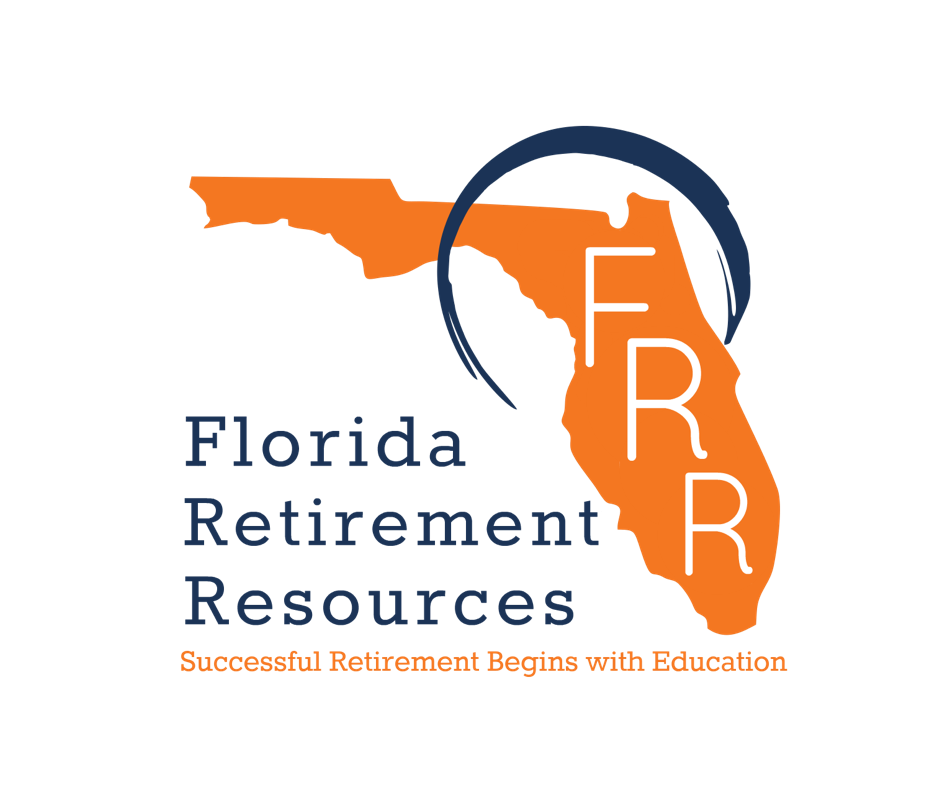Many Florida Retirement System (FRS) members assume that once they stop working for an...
Should You Keep Money in the FRS Investment Plan After Retiring?
Once you retire from the Florida Retirement System (FRS), one of the biggest decisions you’ll face is what to do with your Investment Plan account balance (or your DROP rollover if you participate in the Pension Plan). Some retirees move their funds to an IRA or another plan, while others choose to leave their money in the FRS Investment Plan for a period of time.
There’s no one right answer for everyone. What matters most is understanding the features, limitations, and considerations so you can make a decision aligned with your long-term goals.
What It Means to “Stay in the Investment Plan” After Retirement
If you retire and do not roll over your Investment Plan balance:
-
Your account remains invested in the FRS Investment Plan funds.
-
You can continue to change your allocations.
-
You remain subject to plan rules, fees, and the available investment lineup.
-
You may take distributions later, subject to IRS rules and the plan’s guidelines.
Importantly, you’re still considered a retiree once you take any eligible distribution— even $1—so leaving your balance in place does not stop reemployment rules from applying once retirement has been triggered.
Potential Advantages of Keeping Money in the Investment Plan
Here are some reasons retirees consider staying in the plan:
1. Low Administrative Fees
The FRS Investment Plan is known for relatively low fees compared to many retail investment accounts. Lower fees can help keep more of your balance invested over time.
2. Familiar Investment Options
If you’re already comfortable with the FRS core lineup—target-date funds, balanced funds, stable value options, or Self Directed Brokerage Account (SDBA)—there’s no rush to change.
3. No Immediate Decision Required
Some retirees prefer to avoid making major decisions during the transition period after leaving employment. Leaving funds in the plan offers time to evaluate long-term strategy.
4. Penalty-Free Access Once Eligible
If you meet normal retirement requirements, you may be able to access Investment Plan funds without IRS early-withdrawal penalties—potentially even if younger than 59½—subject to IRS rules.*
Information provided should not be considered as tax advice from GWN Securities, Inc. or its representatives. Please consult with your tax professional.*
Potential Drawbacks to Consider
Leaving money in the Investment Plan also has limitations:
1. No Personalized Distribution Planning
The plan offers flexible withdrawals, but it does not provide tailored income strategies. Withdrawals must follow the plan’s available options.
2. Reemployment Rules Still Apply
Taking a distribution triggers “retiree” status and begins the 6- or 12-month reemployment clock. Keeping funds in the plan doesn’t change that—once retired, rules apply regardless of where the funds sit.
3. Investment Choices
There may be investment choices offered in other investment vehicles that are not offered in the investment plan.
A Key Distinction: Investment Plan vs. IRA
Many retirees weigh staying in the Investment Plan against moving funds into an IRA.
An IRA may offer:
-
More investment choices
-
Consolidation with other retirement savings
-
Broader distribution features
Meanwhile, the Investment Plan may offer:
-
Lower fees
-
Simplicity
-
Familiar allocation choices
- Potentially earlier penalty free access to funds than an IRA*
Neither option is inherently better—it depends on the retiree’s comfort level, goals, and financial circumstances.
Timing Considerations
Before deciding, think about:
✔ Your age
Your access to funds may depend on meeting normal retirement conditions or IRS rules.
✔ Your tax planning for the year you retire
Distributions in the same year as a DROP payout or large leave payout may increase taxable income.
✔ Whether you plan to roll funds over later
Some retirees leave funds in the plan temporarily, then move them once life settles after retirement.
✔ Your comfort with managing investment allocations on your own
The Investment Plan offers limited guidance; IRAs may allow more structured planning if desired.
Final Thoughts
For FRS retirees, choosing whether to keep money in the Investment Plan or roll it over is an important part of building a long-term retirement strategy. Neither choice is automatically right or wrong—it depends on fees, investment preferences, tax considerations, and personal comfort level.
The key is understanding the features and limitations of each option so you can make a decision that aligns with your goals and helps you stay confident in your transition to retirement.
This information is provided for educational purposes only and should not be construed as investment advice or a recommendation to take any specific action. Investment decisions should be made based on your individual goals and circumstances, in consultation with your financial professional.




